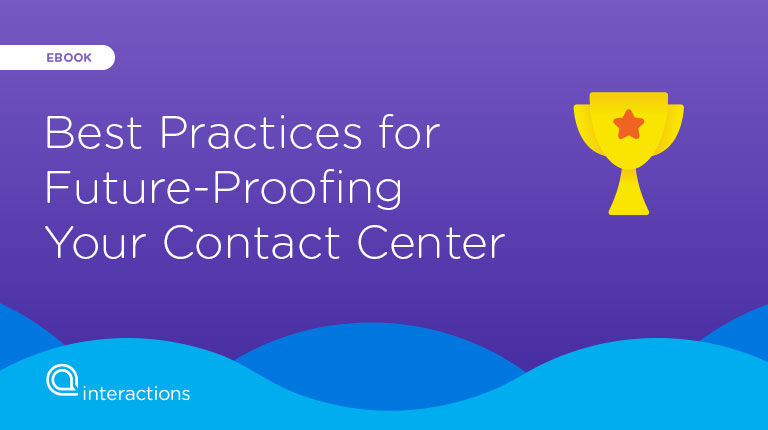Everyone is talking about The New Normal. How will life be different after the pandemic has ended? One interesting shift from pre-pandemic to the new normal will certainly be people’s comfort with using technology in their personal and business lives. From conducting more business over video meetings, to doing more shopping via apps and over the phone, people’s behavior and perspective of virtual interactions has changed for good over the past few months.
Changing Consumer Behavior
This month, we investigated just how much consumer behavior has changed since the pandemic. We surveyed more than 1,000 people about their comfort levels towards automation in customer service, grocery stores, healthcare, privacy, and self-driving cars in comparison with before the novel coronavirus crisis. Of the respondents, 45% said they would prefer to have their inquiries handled by AI if it would be faster, and 21% indicated that they are now more comfortable having a full conversation with an AI agent. Previous studies found that as much as 87% of consumers preferred to deal with human representatives.
So not only are consumers more willing to have interactions with self-service automation powered by AI, but they actually want it if it means they are able to get their queries answered more efficiently.
Contact Center Challenges
The pandemic has caused an interesting conflict within contact centers. Not only has there been an increased number of incoming calls for many businesses, but these businesses have also had to transition employees to work from home settings for safety reasons. Often, this results in a decrease in available workforce. Combined with the increase of call volume, it means long wait times for customers and a negative customer experience.
The Golden Opportunity
So with more consumers feeling comfortable around technologies like AI, and a higher demand for support within contact centers, there is a golden opportunity for enterprises to capitalize on consumers growing comfort with technology and AI. Many businesses will also find that increased self-service offers a medley of benefits beyond just better customer experience, including decreased operating expenses and increased agent performance.
As businesses move forward to meeting consumers where they are with this new demand, consumer comfort, especially around financial and personal information, should always be top priority. We’ve put together three ways to ensure that your customers still feel comfortable as more technology is introduced into the customer care space:
Keep security and privacy as a top concern, and communicate it to your customers.
You can be the most secure company in the world, but if your consumers don’t know about your security, they won’t feel comfortable using your technology. Integrating authentication and security protocols seamlessly into the conversation design can make customers feel protected, while not wasting their time. To learn more about security, check out this page.
Don’t lie. Never pretend a Conversational AI application is a human.
A customer has the right to know if they are dealing with a human or an automated system. As systems become more advanced, it’s easy to mislead consumers into thinking they are speaking and texting with a live agent. This makes customers uncomfortable during the conversation and decreases customer experience. In fact, 40% of respondents said that they find it more creepy than helpful when an AI-powered customer service agent sounds or interacts like a human but doesn’t notify the caller that it’s a virtual agent according to a Harris Poll Survey. So, be transparent and let your customers know who they are dealing with up front.
Don’t cross the line.
With continuous advancements for backend database integrations and growing social media, web networks, and distributed consumer data, Conversational AI applications can sometimes access a bit too much information about consumers. It’s important that conversation design limits conversation details only to information that the consumer has explicitly told the company.
For more information about incorporating AI into your business strategy post-COVID, check out our eBook Best Practices for Future-Proofing Your Contact Center to learn more.





